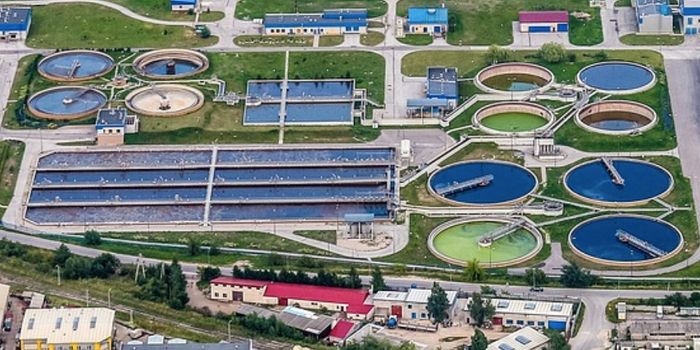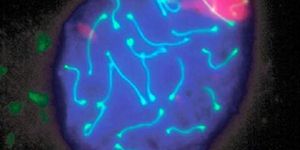A University of Colorado Boulder and North Carolina State University-led team has produced the first atlas of airborne microbes across the continental United States, a feat that has implications for better understanding health and disease in humans, animals, and crops.
The researchers collected outdoor dust samples from roughly 1,200 homes in all 50 states from both urban and rural areas using a powerful DNA sequencing technique to identify specific bacteria and fungal species. While standard, culture-based surveys are able to detect only a handful of different species, the high-tech molecular technique revealed that an average dust sample from the study contained roughly 4,700 different bacterial species and about 1,400 fungal species.

The total number of bacterial species identified in the study was more than 110,000, along with more than 55,000 fungal species, many unknown to science. But not all bacteria and fungi are harmful-many have health benefits, researchers now know.
"We inhale thousands of airborne microbes every hour we spend outdoors, some of which can cause illnesses or trigger allergic disorders," says lead study author and associate professor Noah Fierer, ecology and evolutionary biology department. "This study provides the first glimpse of the continental-scale distributions of microorganisms in the atmosphere, giving us the baseline data to ask all sorts of interesting questions."
It might now be possible to correlate specific areas in cities or states where people are especially sensitive to fungal allergies or asthma, for example, with areas that have particular fungal types regularly swirling in the outdoor air, Fierer says.
A paper on the subject was published in the April 20 issue of the Proceedings of the National Academy of Sciences.
Several patterns emerged during the study, says Fierer, also a fellow at the Cooperative Institute for Research in Environmental Sciences (CIRES). The team found a "bicoastal" pattern showing that microbial communities from homes on the East Coast and West Coast were more similar to each other than those from homes in the nation's interior.
Airborne microbes are capable of being transported phenomenal distances-aerosols in Saharan dust clouds from Africa, for instance, have been shown to impact the ecology of lakes in Spain and coral reefs in the Caribbean Sea. While the microbial communities in the study were highly variable in composition across America, their geographic patterns are associated in large part with variability in climate and soils, Fierer said.
Volunteers collected the samples as part of Wild Life in Our Homes project, a national citizen-scientist effort coordinated by NCSU. Participants from all 50 states used kits mailed to them to swab the dust from the upper door trim on the outside surface of an exterior door for bacteria and fungal samples. Door trim is an ideal site: It's found on virtually every home and collects outdoor aerosols with little or no direct contact by home occupants.
While there is the perception that those living in the country breathe in far different types of bacteria and fungi than those living in cities, that does not seem to be the case, said the study authors. Even though urban and rural samples of dust were not distinct from each other, the study does suggest urbanization leads to at least some degree of homogenization of airborne microbe types.
The Alfred P. Sloan Foundation's Microbiology of the Built Environment program and the National Science Foundation funded the study.
Fierer likened the new United States microbial map to botanical maps of the country assembled by US scientists more than 150 years ago.
"Going into this study, we didn't even know answers to basic questions like whether the airborne bacteria and fungi in Denver were different from those in San Francisco," says co-author Albert Barberan, a CIRES postdoctoral researcher. "But we saw certain patterns, and now we have the methods and tools to answer new questions."
The PNAS paper is a companion study to one published last week in the journal PLOS ONE showing fungal DNA can be used to track the origin of dust samples, making it a potential forensic tool for use by law enforcement officials or archaeologists. Given a swab of dust from anywhere in the country, the team can identify its geographic origin, sometimes within 60 miles or less.
[Source: University of Colorado Boulder]










